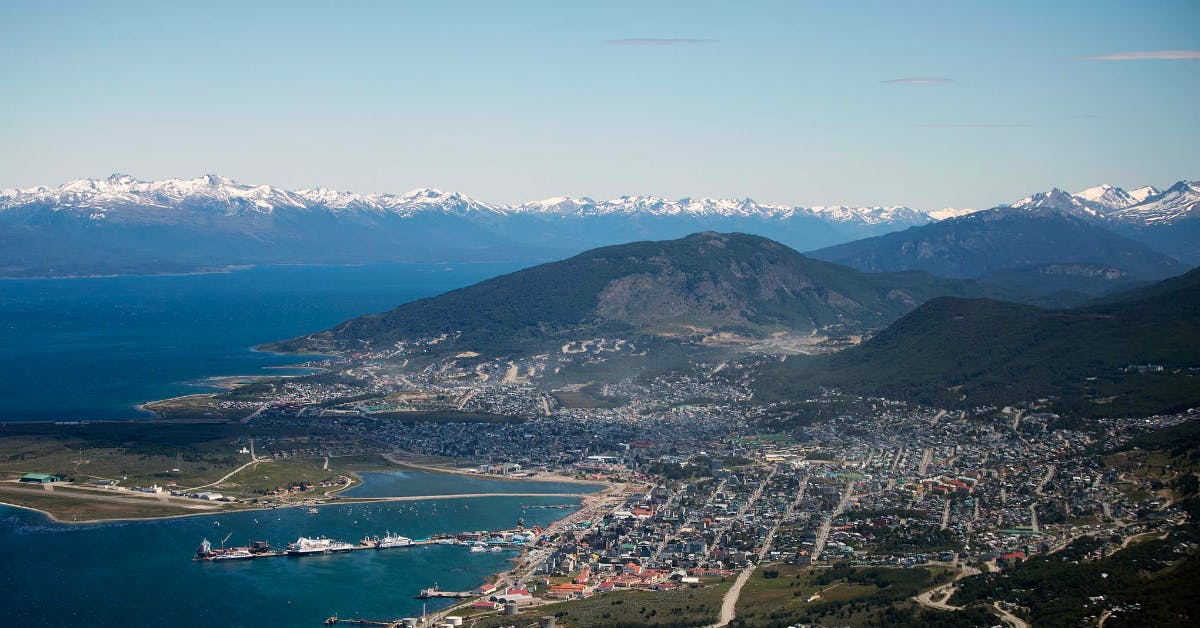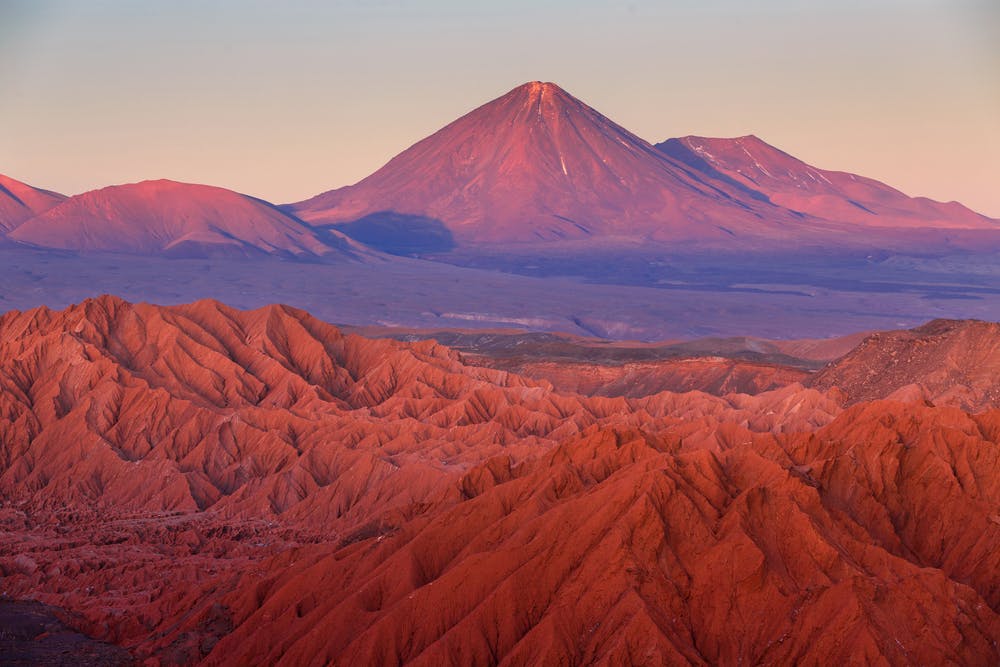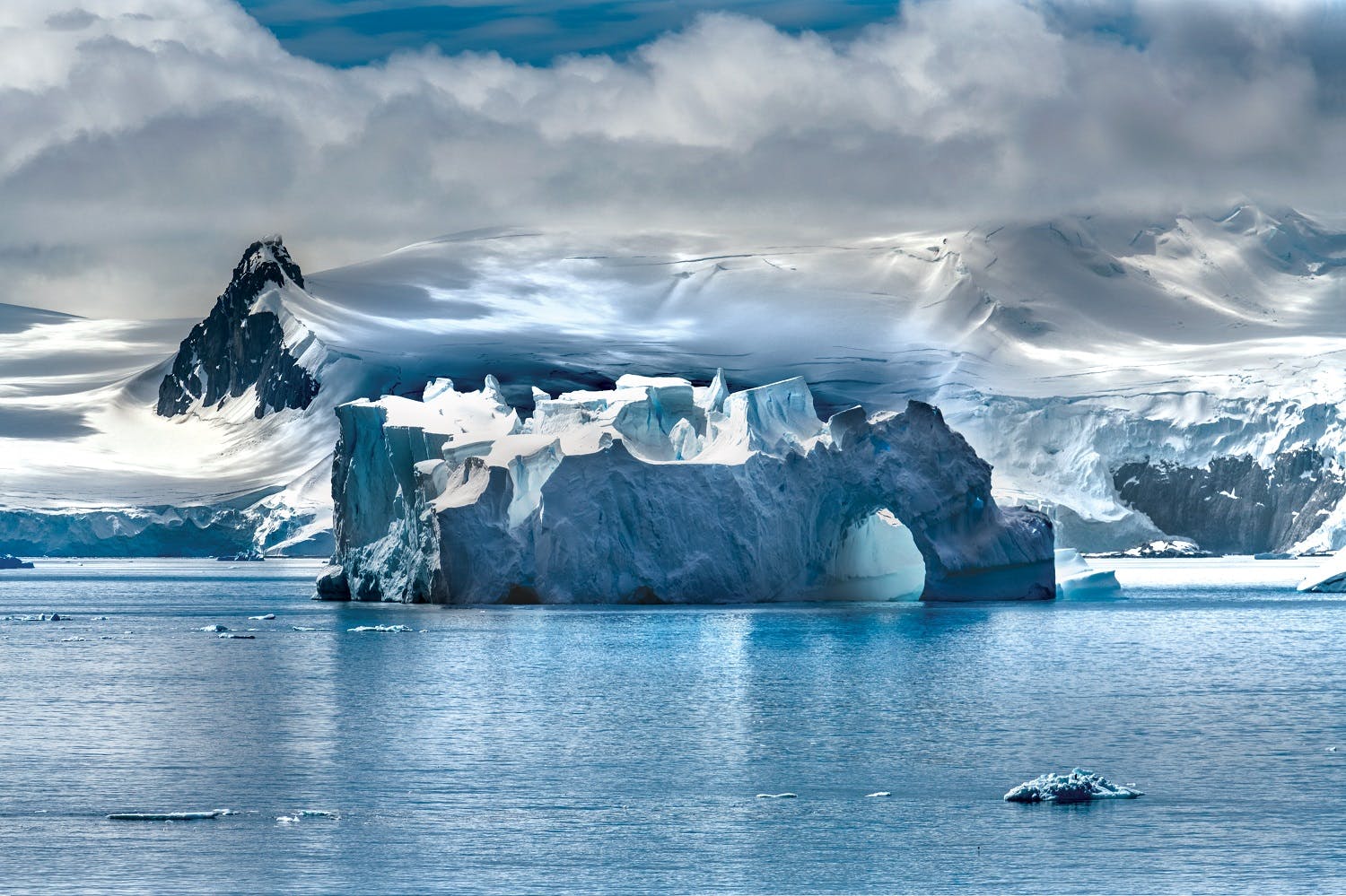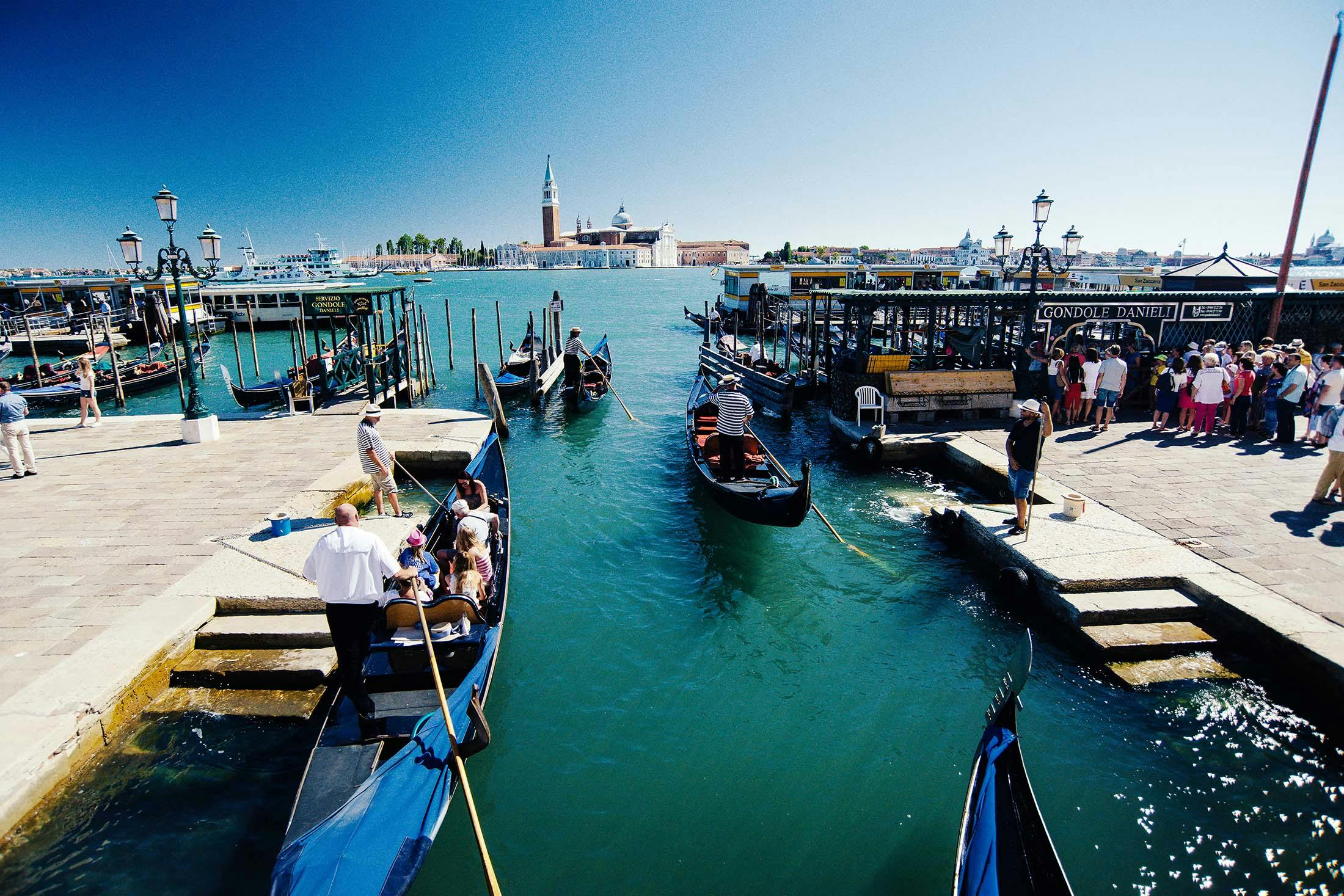Travel to Argentina to Explore Ushuaia, the Southernmost City in the World
At the tail end of the Pan-American Highway lies Ushuaia, Argentina, the southernmost city in the world. It was breezy on the day I arrived in the Argentine port city and small clouds punctuated a vividly blue sky.
It felt like an accomplishment to travel to Argentina and reach Ushuaia, though all I had done was board a series of airplanes and taken a taxi to my hotel. Many travelers arrive into Ushuaia’s Bay by sea, capturing the great sense of adventure that comes with a cruise to the end of the world.
On a free day in town, I visited the Museo del Fin del Mundo. “Where are you from?” the ticket clerk asked me. “El Norte,” I replied, using the term I’d heard Spanish speakers call the United States. Later I laughed at my absurd choice of words. Ushuaia lies practically at the southernmost tip of South America, the last port of call before Antarctica, so most of the planet is “The North.”
Clinging to the waters of the Beagle Channel
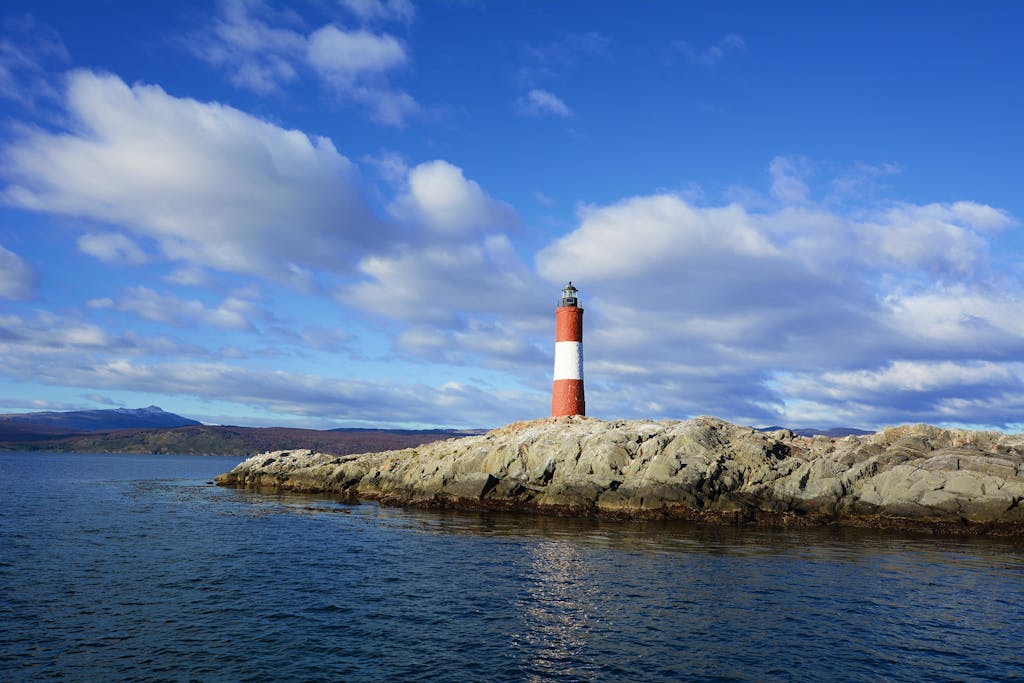
Ushuaia’s precarious location — a spur of land, so far south that you must spin a globe upside down to get a proper look at it — offers its own grand adventures. Best admired from one of Ushuaia’s many sightseeing flights, the mountains here are worthy of your attention and time. The town climbs from the waterfront to the foothills of the Martial Range to the dark blue stripe of water that is the Beagle Channel, named after the ship on which Charles Darwin sailed, and the craggy peaks near the tail end of the Andes mountains.
This captivating coastal town occupies an incredible setting. Ushuaia is reminiscent of an amphitheater with the waterfront where the stage would be, and a steep cirque of mountains marks the gallery. That sky-scraping cirque, so dramatic it looks like the backdrop for a film, is the Martial Mountains, best seen from the main thoroughfare of Hernando de Magallanes, an arterial about halfway up the town’s elevation.
From there, if the weather is on your side, you’ll see a handful of high peaks rising 1,000 meters or more, such as Cerro Bridges, Cerro Goday, Cerro del Medio and Cerro Roy. They flank the majestic Martial Glacier, a favorite day trip for visitors to Ushuaia during cruises to Patagonia and Antarctica, and form a dramatic setting for the town below. Reachable by hiking, Emerald Lagoon is another enchanting geographical feature that warrants a visit.
The mountains at the ends of the Earth
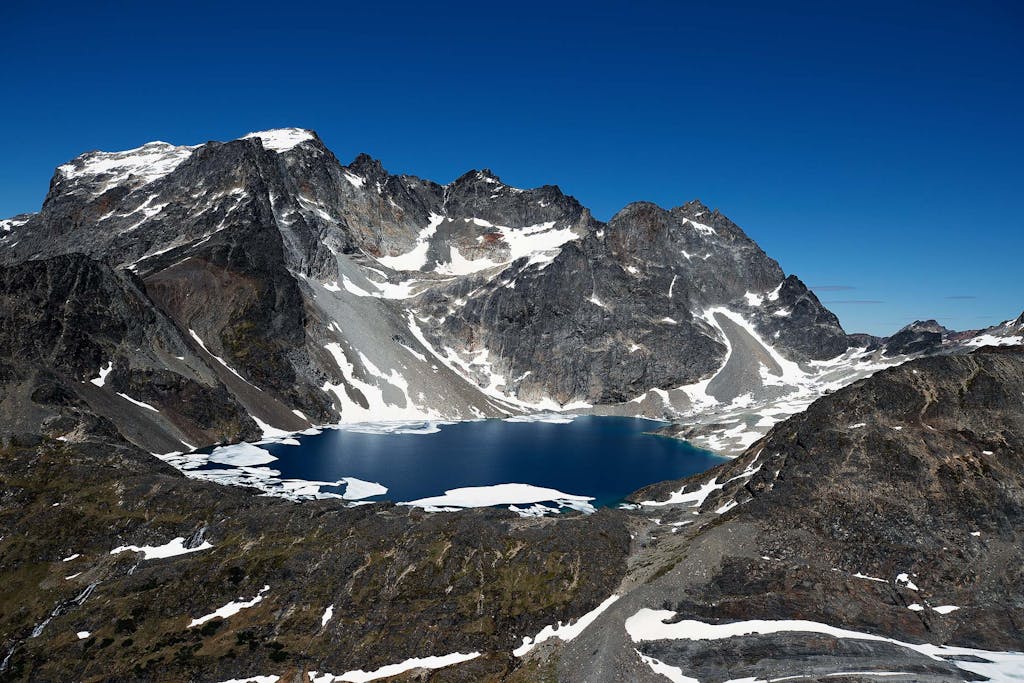
The southern Andes mountains are made up of three mountain ranges called “cordilleras”: the Fuegian, the Chilean and the Patagonian. The Fuegian Andes — those you see from Ushuaia — are located furthest south. The mountains visible from town aren’t quite the end of the line for the Fuegian Andes; it’s more than 60 miles (100 kilometers) before they spill into the Strait of Magellan at Cape Horn National Park. The highest peak in the Fuegian Andes is Mount Darwin towering at 8,000 feet (2,580 meters), west of Ushuaia and just over the Chilean border. The other notable peak, Monte Vinciguerra, summits at 4,757 feet (1,450 meters) just north of town in Tierra Del Fuego National Park. Mount Olivia and Le Cloche Mountain are also nearby, reachable by certain Ushuaia helicopter tours.
While these peaks are some of the more impressive, no matter where you look in Ushuaia, you’ll see black mountains topped with glaciers and bright white snow. It feels like there are only three ways out of Ushuaia — set out to sea, choose a path to ascend the mountains or find wings and fly.
Heading to Tierra del Fuego National Park

It’s just a short drive or taxi ride to Tierra del Fuego National Park, where more staggering views await. The park has marked hiking trails, a narrow gauge railway for train buffs and a panorama viewpoint where you can see the Ojo del Albio Glacier and the craggy Cerro Alvear mountain.
The glacier-fed waters of Lago Roca, a shimmering lake inside the park, provide a remarkable foreground for the seemingly endless mountain range. On still days, the waters reflect Ushuaia’s changing skies; on windy days, clouds catch and unravel on distant summits.
It’s easy to dismiss Ushuaia as a transit town and overlook the surrounding natural wonders of remote Patagonia if you arrive by night, but it only takes the light of day and a new understanding of the remarkable landscape to make you realize that this place is a wonderful reason to travel to Argentina.
Ready to let nature astound you? See Ushuaia and Patagonia on a cruise to South America or Antarctica.



